EMC, or Electro Magnetic Compatibility, pertains to the capacity of equipment or systems to function within their electromagnetic environment as stipulated, without causing intolerable electromagnetic interference to any other equipment in that environment. In a nutshell, EMC encompasses EMI (Electro Magnetic Interference) and EMS (Electro Magnetic Susceptibility). EMI refers to the electromagnetic interference produced by the equipment during its normal operation and directed towards its surroundings. Conversely, EMS represents the appliance’s resilience to the existing electromagnetic interference in its environment to a certain extent. EMI is proactive, meaning it interferes with the external world, while EMS is reactive, indicating resistance to external interference. Hence, the EMC requirements for equipment entail reducing interference to others while concurrently being capable of withstanding a considerable degree of external interference.

The advancement of electric vehicles is highly regarded and embraced by all walks of life. Compared to traditional vehicles, electric vehicles offer greater energy efficiency and lower emissions. However, they also encounter certain challenges related to new EMC issues.
The EMC radiation intensity and anti-interference intensity of the vehicle must adhere to the following stipulations to guarantee safe driving under EMC interference and safeguard the occupants.
First, Requirements for External Electromagnetic Radiation Disturbance and Immunity of the Whole Vehicle
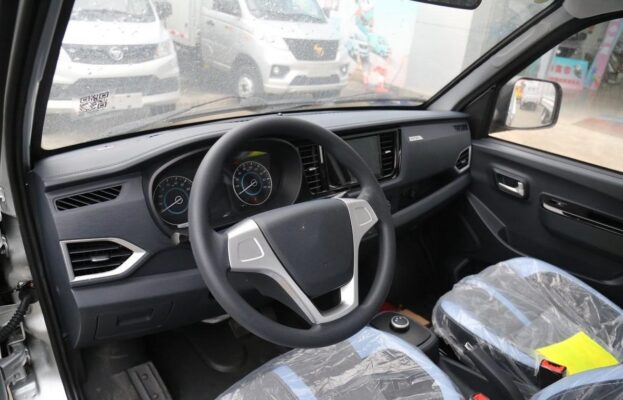
- Requirements for External Electromagnetic Radiation Disturbance of the Vehicle
The vehicle and its component systems should be equipped with radio disturbance suppression devices and layout strategies to safeguard the normal operation of external radio communication equipment within the vehicle’s usage environment. The quantity of electromagnetic field emissions outside the vehicle should be verified through tests in accordance with GB 14023-2011, GB34660-2017, and GB/T 18387-2017, and must comply with the standard limit requirements.
(1) Static condition of the vehicle: The vehicle remains stationary, and all electrical appliances of the 12V system are fully activated.
(2) Dynamic condition of the vehicle: The vehicle maintains a constant speed of 16km/h, 40km/h, and 70km/h.
(3) Vehicle charging condition: The vehicle is in the charging mode, and the state of charge (SOC) of the power battery lies between 20% and 80% of the maximum state of charge.
(2) Dynamic condition of the vehicle: The vehicle maintains a constant speed of 16km/h, 40km/h, and 70km/h.
(3) Vehicle charging condition: The vehicle is in the charging mode, and the state of charge (SOC) of the power battery lies between 20% and 80% of the maximum state of charge.
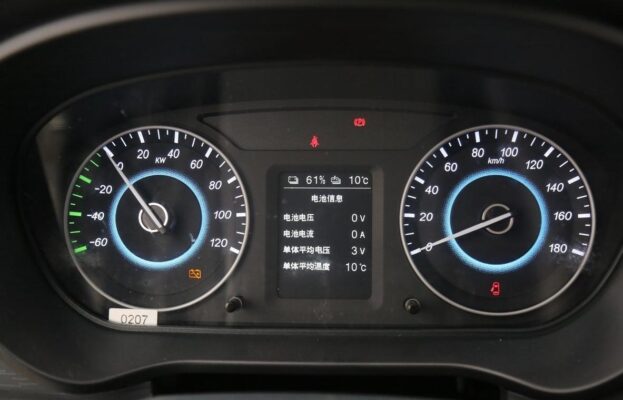
- Requirements for Vehicle Resistance to Electromagnetic Interference
The vehicle should adopt a rational layout and shielding protection design. When in the following usage circumstances, it must withstand the external electromagnetic field radiation interference of the standard field strength level without functional deviations and safety degradation. The 20MHz-2GHz frequency band test should be verified in accordance with GB 34660-2017.
(1) Dynamic condition of the vehicle: All electrical appliances of the vehicle are fully operational, and the vehicle travels at a constant speed of 50km/h.
(2) Vehicle charging condition: The vehicle is in the charging mode, and the state of charge (SOC) of the power battery is within the range of 20% to 80% of the maximum state of charge.
(2) Vehicle charging condition: The vehicle is in the charging mode, and the state of charge (SOC) of the power battery is within the range of 20% to 80% of the maximum state of charge.
Second, Requirements for Electromagnetic Radiation Disturbance and Immunity of On-board Appliances of the Whole Vehicle
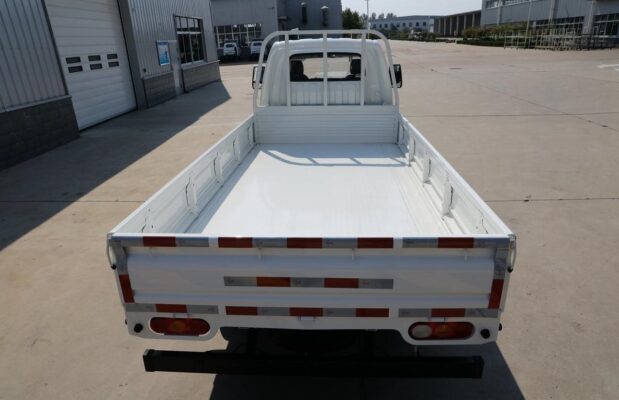
- Requirements for Electromagnetic Radiation Disturbance of On-board Appliances
On-board electrical appliances (such as air conditioning compressors, drive motors, etc.) should be furnished with radio disturbance suppression devices to control disturbance emissions along the conduction path and space radiation path and ensure the safe operation of on-board radio transceiver equipment (such as radios, GPS, T-BOX, etc.) within a secure range. This should be verified through tests in accordance with GB/T 18655-2018 (it is recommended not to be lower than level 3 limit) and comply with the standard limit requirements.
(1) Static condition of the vehicle: The on-board appliances are activated separately, and the high-voltage power-on of the vehicle power system is accomplished (PT Ready).
(2) Dynamic condition of the vehicle: The vehicle travels at a constant speed of 40km/h.
(3) Vehicle charging condition: The vehicle is in the charging mode, and the state of charge (SOC) of the power battery is between 20% and 80% of the maximum state of charge.
(2) Dynamic condition of the vehicle: The vehicle travels at a constant speed of 40km/h.
(3) Vehicle charging condition: The vehicle is in the charging mode, and the state of charge (SOC) of the power battery is between 20% and 80% of the maximum state of charge.

- Requirements for Electromagnetic Immunity of On-board Appliances
On-board electrical appliances should adopt a reasonable layout and shielding protection design. When in the following usage conditions, they must withstand the electromagnetic radiation interference of the standard transmitting power field strength level of the on-board transmitter without functional deviations and safety degradation.
This should be verified through tests for different transmitter working frequency bands in accordance with GB/T 33012.3-2016.
(1) Dynamic condition of the vehicle: All electrical appliances of the vehicle are fully operational, and the vehicle travels at a constant speed of 50km/h.
(2) Vehicle charging condition: The vehicle is in the charging mode, and the state of charge (SOC) of the power battery is between 20% and 80% of the maximum state of charge.
(2) Vehicle charging condition: The vehicle is in the charging mode, and the state of charge (SOC) of the power battery is between 20% and 80% of the maximum state of charge.

- Requirements for Disturbance and Immunity along the Power Cord during Vehicle Charging
When the vehicle is in the power cord conduction charging condition mode, it should be verified through tests in accordance with ECE R10.6. The characteristics of harmonic emission, voltage change, fluctuation and flicker emission, and radio frequency conduction emission along the charging power cord must comply with the standard limit requirements. It should be capable of withstanding surge interference and electrical transient fast pulse group interference from the charging power cord without functional deviations and safety degradation of the charging function.
When the vehicle is in the wireless charging condition mode, it should include the wireless charging coupling device connected to the power grid and be verified and passed through tests in accordance with ECE R10.6.

- Safety Requirements for Vehicle Occupants Exposed to the Vehicle Electromagnetic Environment
This aspect pertains to the low-frequency magnetic field emissions of the vehicle environment where the human body is situated.
When the vehicle is in the following working conditions, it should be verified through tests in accordance with the “Measurement Method of Vehicle Electromagnetic Field Relative to Human Exposure” (draft for review). The magnetic field emission amount within the 10Hz-400KHz range should comply with the ICNIRP 2010 limit requirements.

Static condition: The vehicle is stationary with all electrical appliances activated, and the high-voltage power-on of the vehicle power system is completed (PT Ready).
Dynamic condition: The vehicle travels at a constant speed of 40km/h; the vehicle travels with acceleration and deceleration of 2.5 m/s2.
Charging mode: The state of charge (SOC) of the power battery is between 20% and 80% of the maximum state of charge.
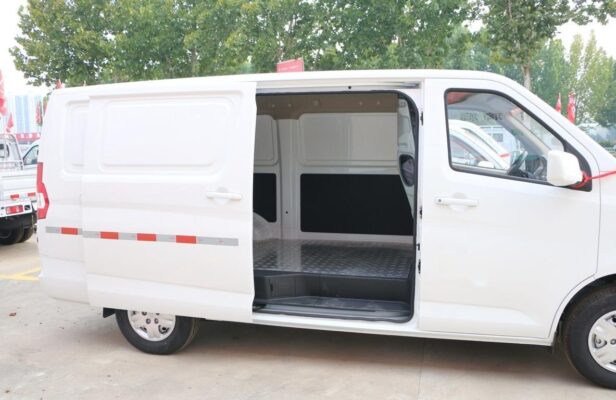
- EMC Requirements for High-Voltage Wiring Harness
The high-voltage wiring harness should have EMC shielding measures, and its routing layout should not form enhanced EMC radiation.
The shielding layer of the high-voltage wiring harness should be effectively connected to the conductive outer shell of the high-voltage component.

In summary, ensuring the EMC safety of electric passenger vehicles is a complex and multi-faceted task. It requires meticulous design, rigorous testing, and continuous monitoring to guarantee that the vehicle and its components operate reliably in the electromagnetic environment without causing interference to other devices or being adversely affected by external electromagnetic fields. This not only ensures the safety and performance of the vehicle but also protects the health and well-being of the occupants.
The development of EMC technology in the automotive industry is an ongoing process. As electric vehicles become more prevalent, the standards and requirements for EMC are likely to become even more stringent. Manufacturers and researchers will need to stay at the forefront of these developments to meet the challenges and opportunities presented.
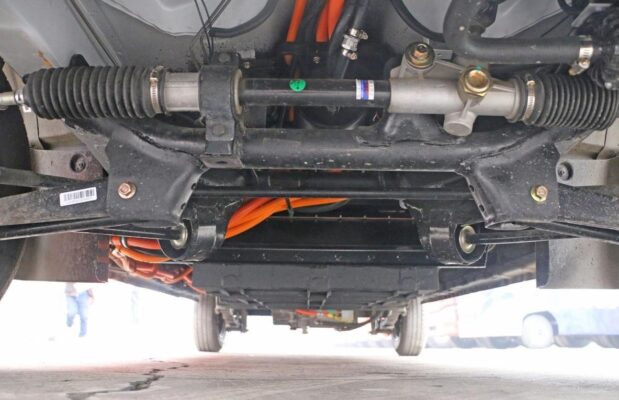
Future advancements may include more sophisticated shielding materials and techniques, improved algorithms for electromagnetic interference prediction and mitigation, and enhanced integration of EMC considerations in the early stages of vehicle design. Additionally, international collaboration and standardization efforts will play a crucial role in ensuring consistency and compatibility across different makes and models of electric vehicles.
Ultimately, the goal is to provide consumers with electric vehicles that are not only environmentally friendly and efficient but also safe and reliable in all aspects, including electromagnetic compatibility. By adhering to strict EMC standards and continuously innovating in this field, the automotive industry can contribute to a sustainable and electrified future of transportation without compromising on quality and safety.